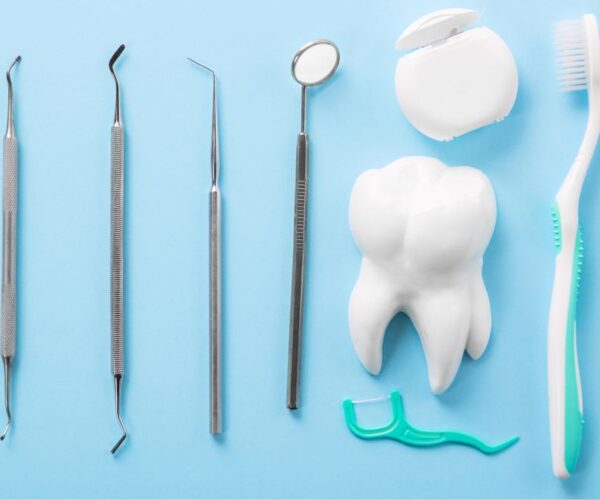In primary care settings, particularly urgent and minor injury units, ankle injuries are among the most common musculoskeletal issues seen. A detailed understanding of the mechanism of injury (MOI) is essential for healthcare professionals to accurately assess, diagnose, and manage these injuries. The MOI often reveals critical clues about the forces involved, allowing practitioners to anticipate the type and extent of injury. This blog explores how different mechanisms of injury lead to specific types of ankle injuries and provides useful insights for improving patient care.
1. Inversion Injuries: The Most Common MOI for Ankle Sprains
Inversion injuries occur when the foot rolls inward, placing stress on the lateral structures of the ankle. This is the most frequent MOI for ankle sprains and is commonly seen in sports such as football, basketball, and running. Patients often report stepping on an uneven surface or misstepping during rapid movement.
Lateral Ankle Sprains: The most common outcome of inversion injuries is the sprain of the lateral ligaments, particularly the anterior talofibular ligament (ATFL). The calcaneofibular ligament (CFL) may also be affected, especially in more severe cases. Lateral ankle sprains typically present with swelling, bruising, and tenderness along the outer ankle.
Recurrent Instability: Chronic instability may develop in patients with repeated inversion sprains, as ligamentous structures become weakened or fail to heal properly. This can lead to recurrent sprains and reduced functionality, often requiring more intensive rehabilitation or even surgical intervention.
2. Eversion Injuries: Less Common but More Severe
Eversion injuries occur when the foot rolls outward, placing stress on the medial ligaments. This MOI is much less common than inversion injuries but can lead to more severe damage.
Medial Ankle Sprains: The deltoid ligament, which is stronger and more complex than the lateral ligaments, is often injured in eversion sprains. These injuries are often accompanied by fractures due to the strength of the deltoid ligament, which tends to transmit force to the bones when overstressed.
Fracture of the Medial Malleolus: The force exerted during an eversion injury can cause a fracture of the medial malleolus, especially in high-impact trauma like car accidents or falls from a height. These fractures are often severe and may require surgical fixation.
3. High-Energy Trauma: Fractures and Dislocations
High-energy trauma, such as motor vehicle collisions or falls from significant heights, is associated with more complex and severe ankle injuries. These mechanisms typically involve significant axial load or rotational force, affecting multiple structures of the ankle joint.
Bimalleolar and Trimalleolar Fractures: High-energy impacts can result in fractures of both the medial and lateral malleoli (bimalleolar) or both malleoli plus the posterior tibia (trimalleolar). These injuries often present with severe pain, visible deformity, and inability to bear weight. Due to their complexity, they often require surgical intervention to restore stability to the ankle joint.
Ankle Dislocations: In some high-energy injuries, the ankle joint can dislocate. This usually occurs alongside fractures and is a true orthopaedic emergency. Immediate reduction and immobilisation are required to prevent vascular and nerve damage.
4. Rotational Injuries: Twisting and Hyperextension
Rotational injuries, common in sports like skiing or during accidents that involve a twisting motion, place stress on the soft tissues, ligaments, and bones of the ankle.
Syndesmotic Sprains (High Ankle Sprains): In contrast to lateral ankle sprains, syndesmotic sprains involve injury to the interosseous membrane and anterior inferior tibiofibular ligament, structures that stabilise the tibia and fibula. These injuries are more difficult to diagnose and take longer to heal. Patients may complain of pain above the ankle and difficulty walking or bearing weight.
Fractures of the Fibula: Twisting forces can lead to fractures of the distal fibula, particularly when the foot is planted, and the body rotates. These fractures are often associated with syndesmotic injuries and require careful assessment to avoid misdiagnosis.
The Importance of Mechanism of Injury in Primary Care Diagnosis
For primary care professionals, a thorough understanding of the MOI is key to evaluating ankle injuries. Asking patients about the activity they were engaged in, how the injury occurred, and the position of their foot at the time of injury can help guide the clinical examination. The MOI provides clues about which structures are most likely to be injured, helping clinicians focus on key areas during the physical exam and select the appropriate imaging studies, such as X-rays or MRI.
Recognising the MOI also allows for more accurate predictions about recovery time, rehabilitation needs, and potential for complications such as chronic instability. This is particularly important in active patients who wish to return to sport quickly but may be at risk for reinjury without appropriate care and rehabilitation.
References:
- NHS (2023) Ankle sprains and fractures. Available at: www.nhs.uk [Accessed 2 October 2024].
- NICE (2023) Fractures: diagnosis and management. Available at: www.nice.org.uk [Accessed 2 October 2024].
For healthcare professionals looking to expand their expertise in managing musculoskeletal injuries, consider exploring PDUK’s resources:
- Mechanism of Injury and Its Impact on Musculoskeletal Injury Patterns – Delve deeper into the relationship between injury mechanisms and injury outcomes in various musculoskeletal conditions.
These resources provide valuable insights for diagnosing and managing musculoskeletal injuries in primary care, enhancing your ability to offer high-quality care to patients with ankle injuries.




